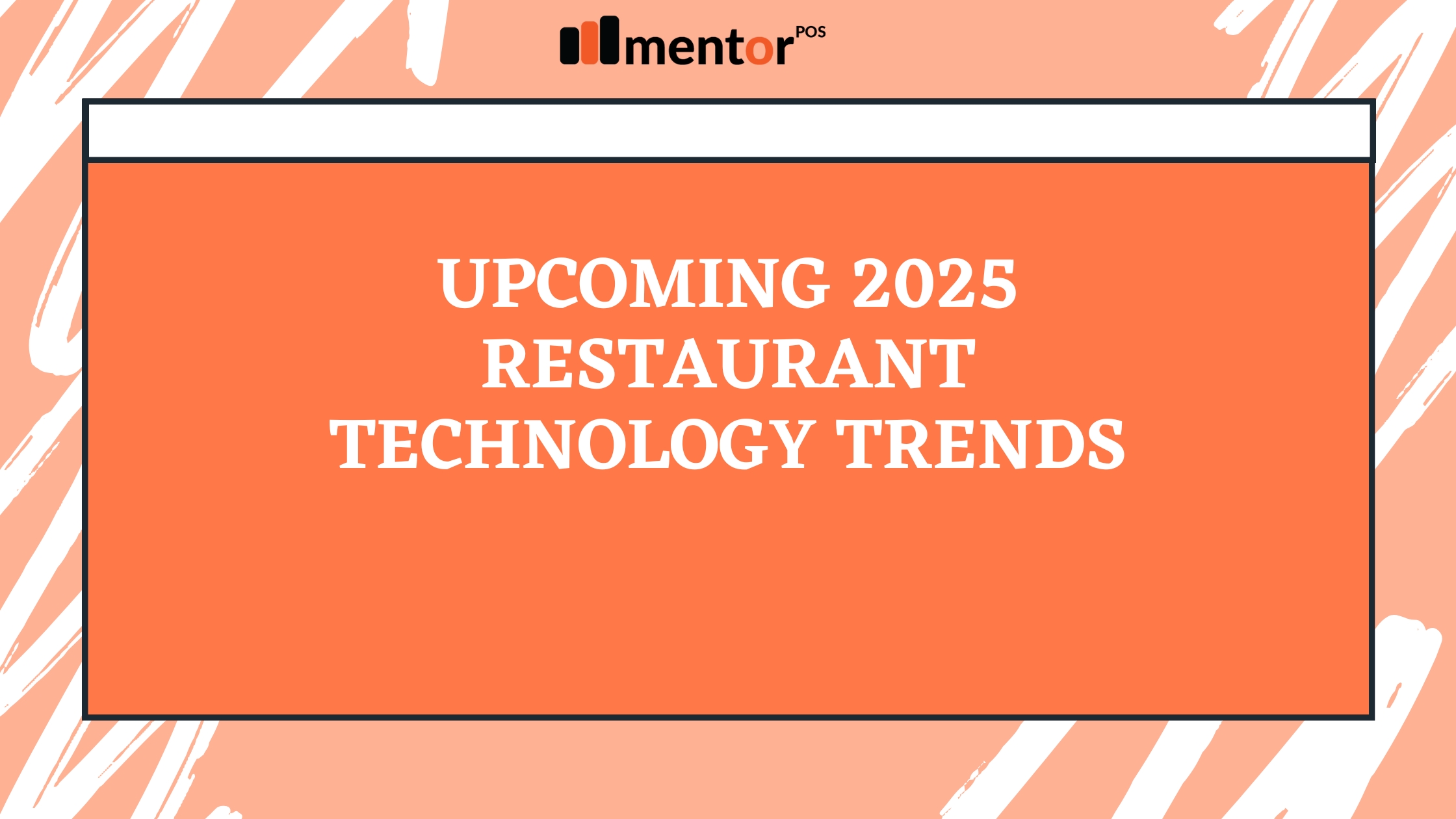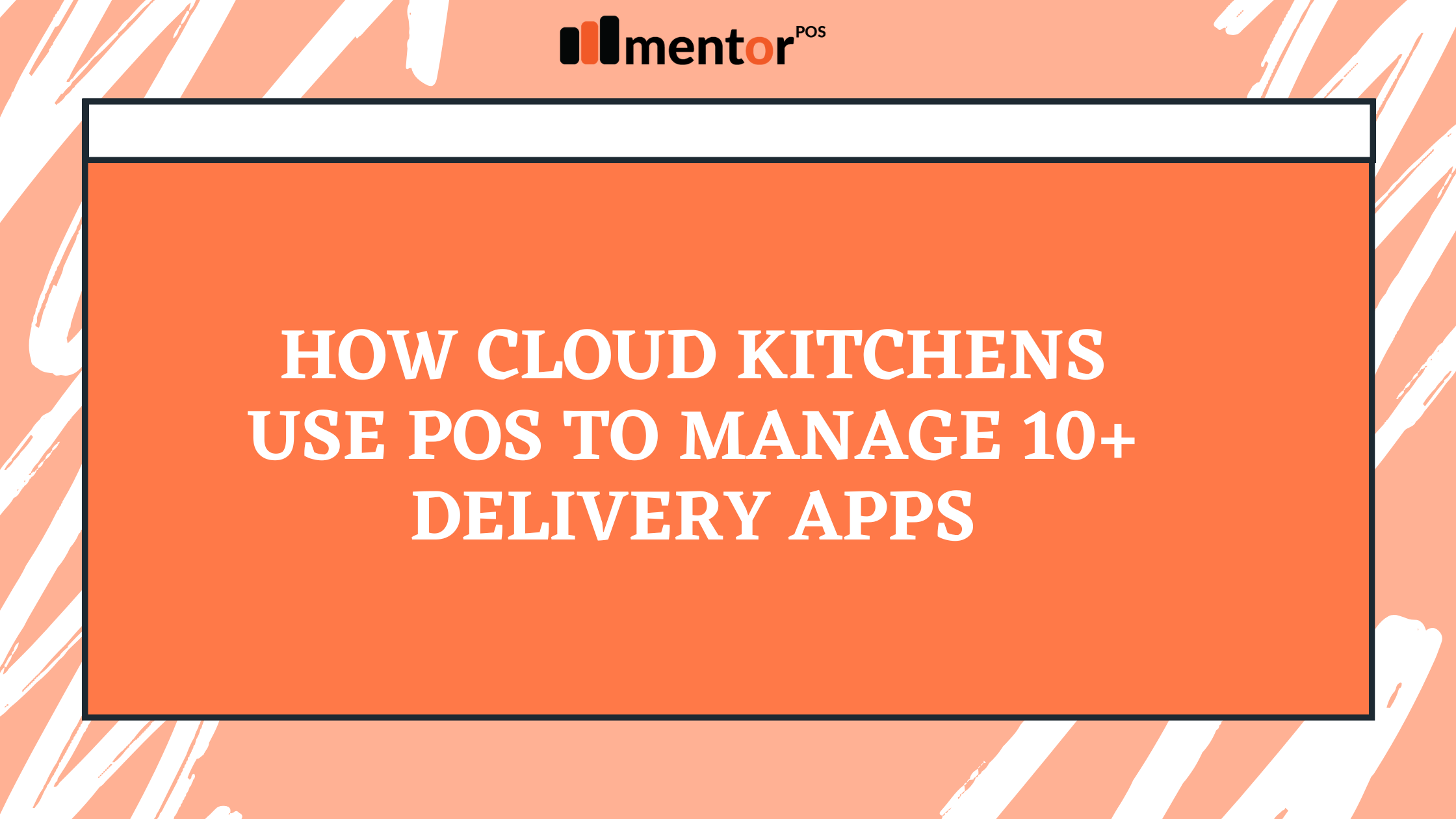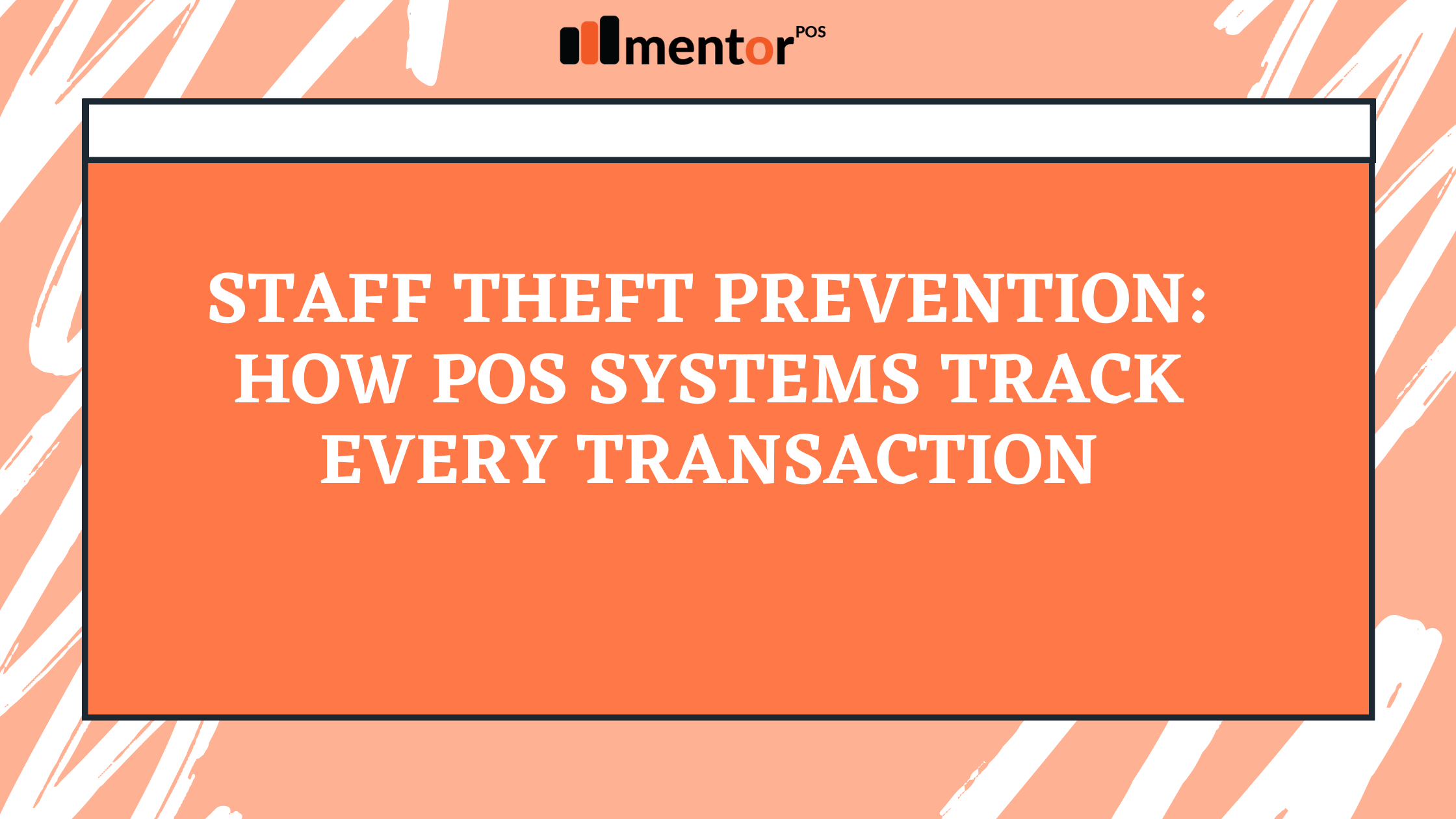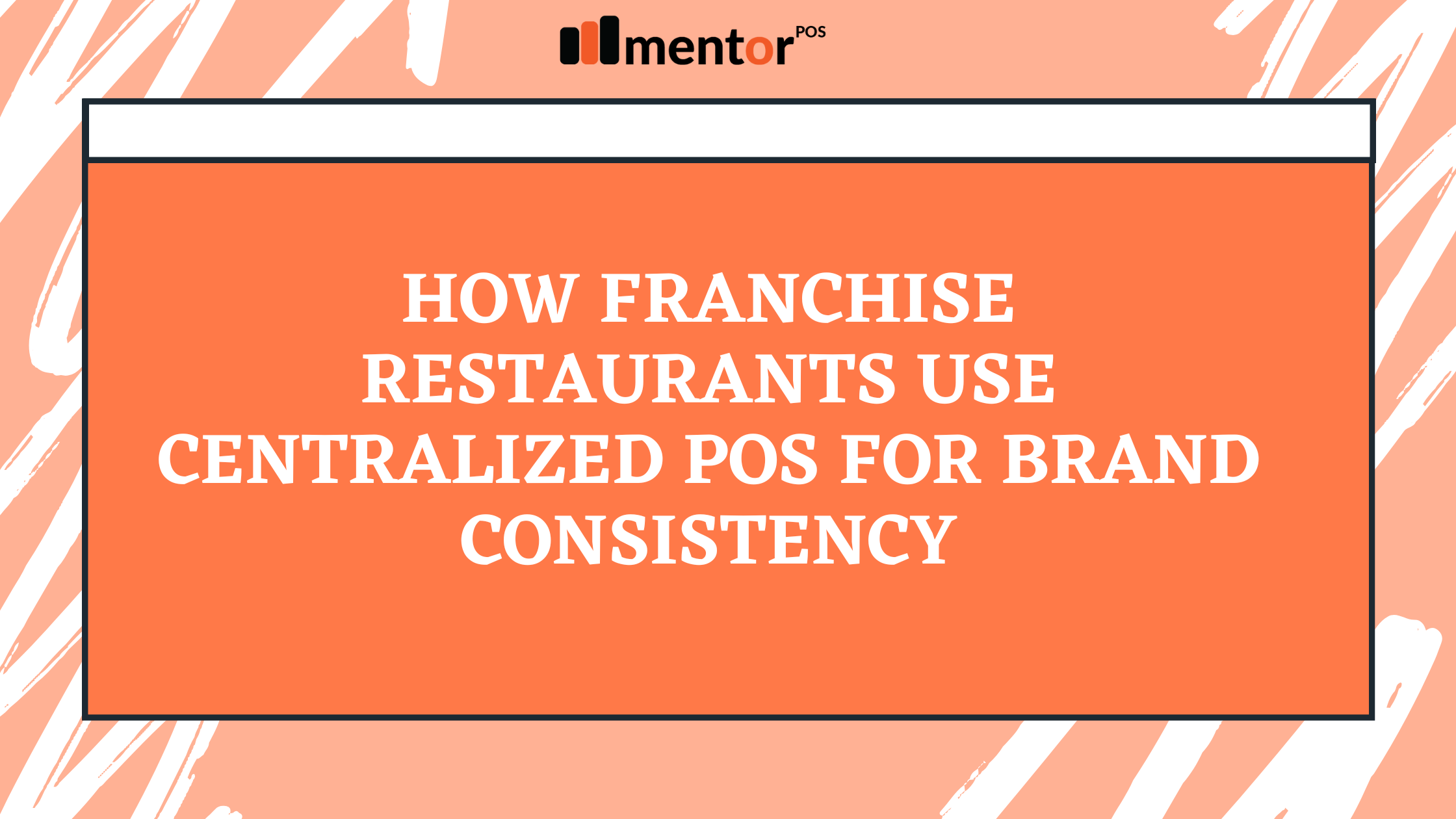The restaurant industry is undergoing a technological revolution in 2025, driven by innovations aimed at enhancing efficiency, sustainability, and customer experience. From AI-powered operations to immersive dining experiences, here’s a look at the top restaurant technology trends shaping the future of dining.
1. AI-Powered Operations
Artificial Intelligence (AI) is transforming restaurant management by optimizing various aspects of operations. AI-driven systems analyze data to improve staff scheduling, predict peak hours, and personalize customer recommendations. Machine learning algorithms assist in dynamic pricing, adjusting menu prices based on demand to maximize profits and reduce food waste. Additionally, AI-powered chatbots enhance customer service by providing instant responses and taking orders, reducing human workload while increasing efficiency.
2. Smart Kitchen Automation
Automation in restaurant kitchens is redefining food preparation and service. Robotic chefs and automated cooking equipment ensure precision and consistency, reducing human error and operational costs. Smart kitchen technology tracks inventory levels in real time, automatically restocks ingredients, and monitors cooking temperatures to maintain food safety standards. By leveraging these systems, restaurants can significantly enhance efficiency while reducing food waste and labor costs.
3. Voice-Activated Ordering Systems
Voice-activated technology is making restaurant ordering more seamless than ever. AI-powered voice-activated ordering systems allow customers to place orders effortlessly through dedicated apps or devices, eliminating the need for manual entry. This innovation is especially beneficial for quick-service restaurants and drive-thrus, where speed is crucial. Additionally, voice-activated ordering reduces human error in order-taking and enhances accessibility for individuals with disabilities, making dining experiences more inclusive and efficient.
4. Augmented and Virtual Reality (AR/VR) Dining Experiences
Restaurants are incorporating AR and VR to revolutionize dining experiences. AR-enabled menus allow customers to visualize their meals in 3D before ordering, helping them make more informed choices. High-end restaurants are integrating VR technology to create immersive, themed dining experiences where customers can virtually “travel” to different locations while enjoying their meals. Beyond customer engagement, VR is used for staff training, simulating real-life restaurant scenarios to enhance service quality.
5. Contactless and Biometric Payment Systems
Payment technology is evolving to make transactions faster, safer, and more convenient. Contactless payments via mobile wallets, NFC technology, and QR codes have become standard in restaurants. Biometric payment systems—such as facial recognition or fingerprint scanning—are the next frontier, enhancing security, reducing transaction times, and offering a seamless experience for customers by eliminating the need for physical credit cards or cash.
6. Blockchain for Food Transparency and Supply Chain Management
Blockchain technology is improving transparency in the food industry. By using blockchain, restaurants can track ingredient origins, ensuring food safety and ethical sourcing. Customers benefit from increased trust in the supply chain, as they can verify where their meals come from. Additionally, smart contracts in blockchain technology streamline transactions between suppliers and restaurants, reducing fraud and inefficiencies.
7. Drone and Robot Deliveries
Automated delivery solutions, including drones and robots, are becoming more prevalent in urban areas. These innovations allow restaurants to fulfill deliveries faster and more efficiently while cutting labor costs. Self-driving robots and drone deliveries reduce delivery times and enhance safety by minimizing human contact—an essential feature in the post-pandemic world. This trend is expected to expand as technology advances and regulations become more accommodating.
8. Sustainability and Waste Reduction Technologies
Sustainability is a growing priority, and technology is making it easier for restaurants to go green. Energy-efficient appliances, such as smart ovens and refrigerators, reduce power consumption while maintaining performance. Food waste tracking systems monitor usage and disposal, helping businesses identify areas for improvement. Some tools even convert food scraps into compost or bioenergy. Eco-friendly packaging solutions, such as biodegradable containers, align with customer preferences for sustainable practices. Restaurants that adopt these technologies can save on energy and waste management costs while attracting environmentally conscious customers.
9. Advanced Reservation and Table Management Systems
Online reservation platforms are streamlining how customers book tables while giving restaurants valuable management tools. These platforms allow diners to view available time slots, make reservations, and receive instant confirmations. They simplify scheduling and improve restaurant table turnover rates. Many platforms integrate with customer relationship management (CRM) tools, enabling restaurants to personalize guest experiences by tracking preferences and visit histories. Advanced features include waitlist management, no-show tracking, and predictive analytics to optimize seating arrangements. Online reservations enhance customer convenience by reducing wait times and improving satisfaction.
10. Digital Menu Boards and Self-Ordering Kiosks
Digital menu boards are replacing traditional printed menus with dynamic, engaging displays. These boards can showcase daily specials, seasonal items, and high-margin dishes with eye-catching visuals and animations. They are easy to update in real-time, making it simple to reflect inventory changes or promote new items. Integrated with inventory management systems, digital menus can automatically hide unavailable dishes. Self-ordering kiosks allow customers to browse digital menus, customize orders, and make payments, reducing wait times and improving order accuracy. These technologies create a modern, tech-savvy atmosphere that appeals to customers and enhances operational efficiency.
In conclusion, the restaurant industry in 2025 is embracing a range of technological advancements to improve efficiency, sustainability, and customer satisfaction. By adopting these trends, restaurants can stay competitive and meet the evolving expectations of modern diners.







